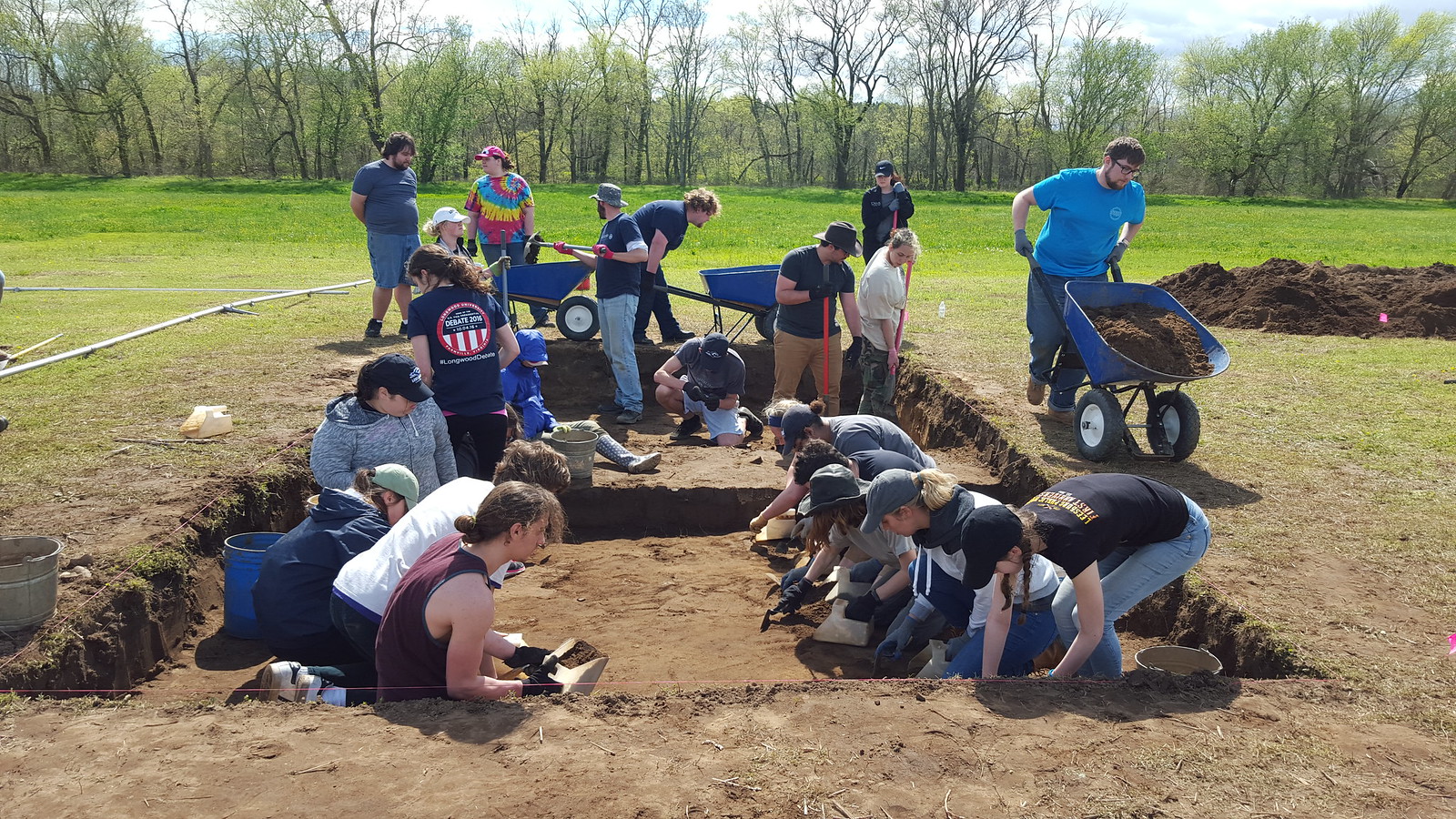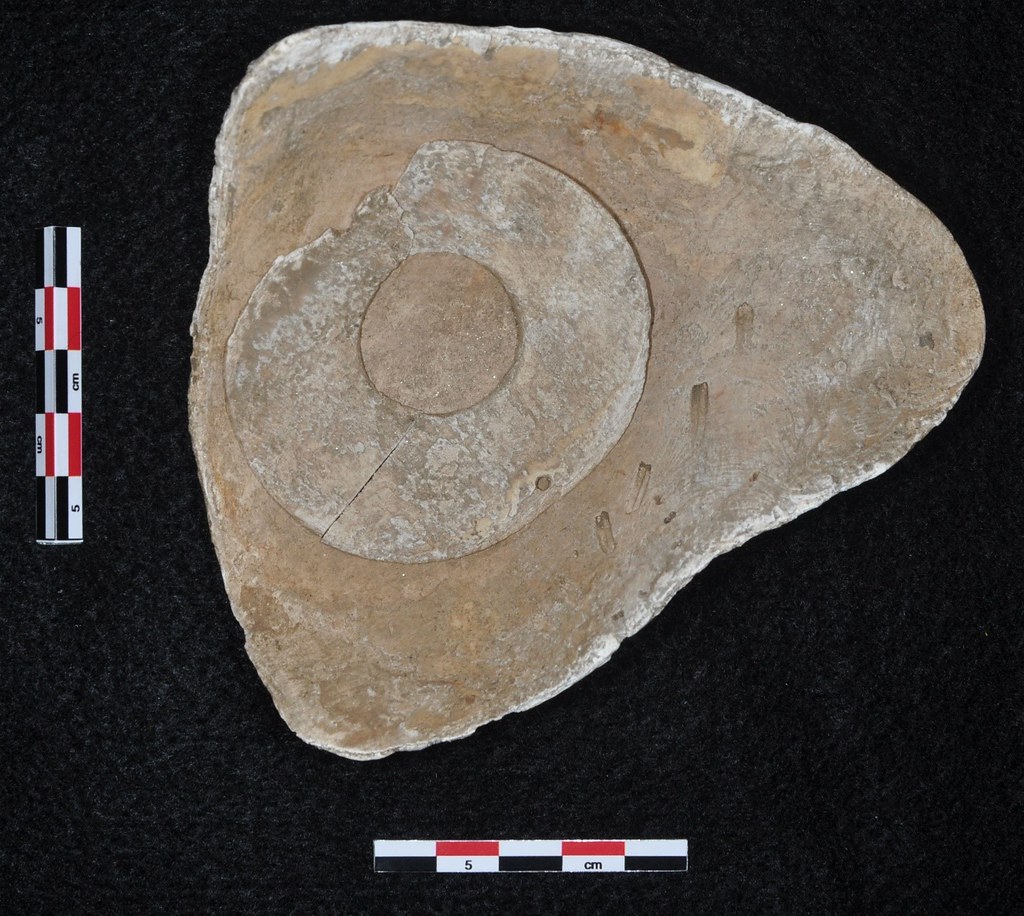
2017 Excavation at the Wade Site
Since 1998, Longwood University has conducted archaeological excavations at the Wade Site, a prehistoric AmerIndian village nestled along the Staunton River in Charlotte County, Virginia. Pre-Columbian ancestors of the modern Sappony Indian Tribe established and maintained the village from A.D. 950 (±50 years) to A.D. 1425 (±50 years). During the site’s occupation, the Staunton River served as an epicenter for resource extraction and transportation.

In the last 22 years, 27 burials have been excavated at the site. Some prehistoric villagers at the Wade Site were buried in the flexed position with plain, utilitarian goods such as toolkits or ceramic vessels. Other villagers were buried in the semi-flexed position with special or exotic goods such as marine shells or a turtle rattle. Discrepancies in burial practices imply that the villagers recognized a social hierarchy, meaning some people, like chiefs or shaman, were considered more important than others.

Busycon shell cup and disk
Shell artifacts found at the village were acquired from over 500 miles away. This tells archaeologists that the prehistoric Native Americans engaged in long-distance trade. Using a sourcing technique called Isotopic ratio mass spectrometry, researchers at the University of Georgia linked the shell to waters from either the Gulf of Mexico or the coasts of Florida and Georgia.


